You are here
Lakes Basin Recreation Area
Lake Tahoe + Northern Sierra, California
Lake Tahoe + Northern Sierra, California
Lake Tahoe + Northern Sierra, California
Lake Tahoe + Northern Sierra, California
Lake Tahoe + Northern Sierra, California
Lake Tahoe + Northern Sierra, California
Lake Tahoe + Northern Sierra, California

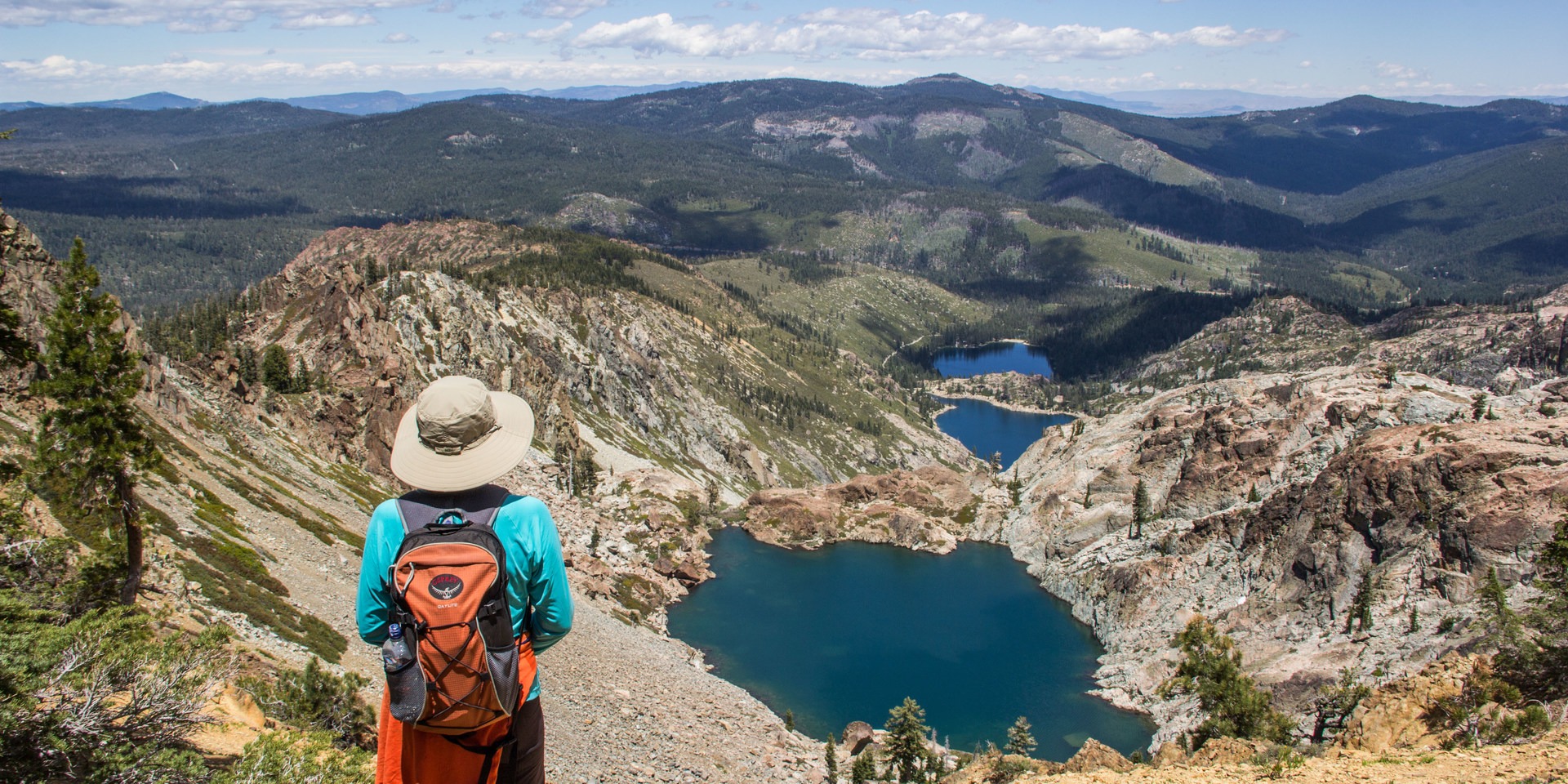
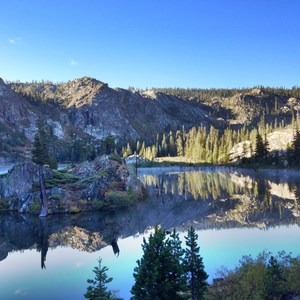
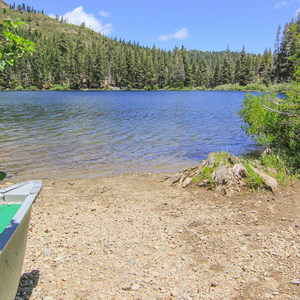
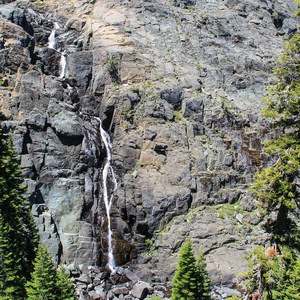
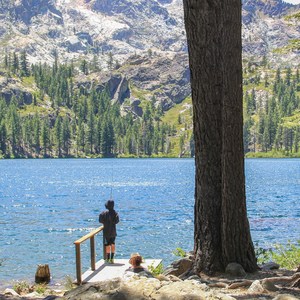
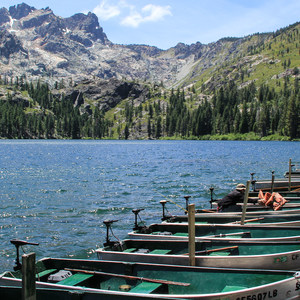
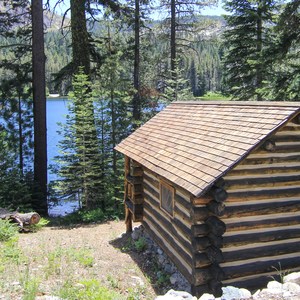
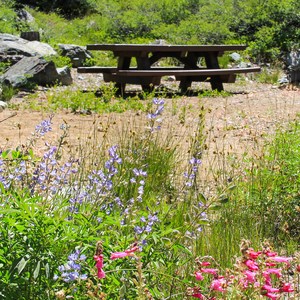
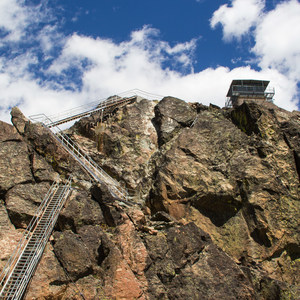



Comments
Sign In and share them.